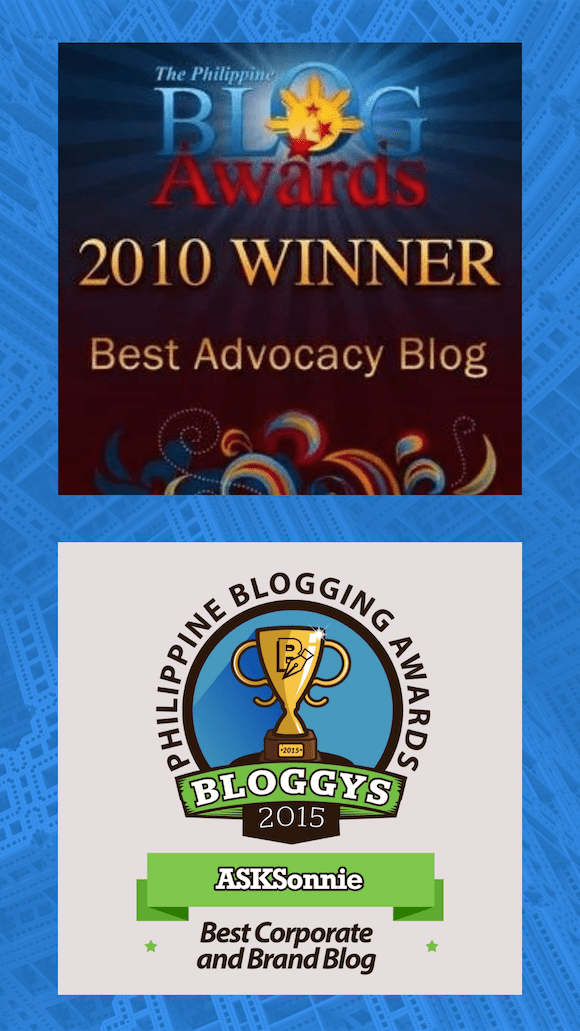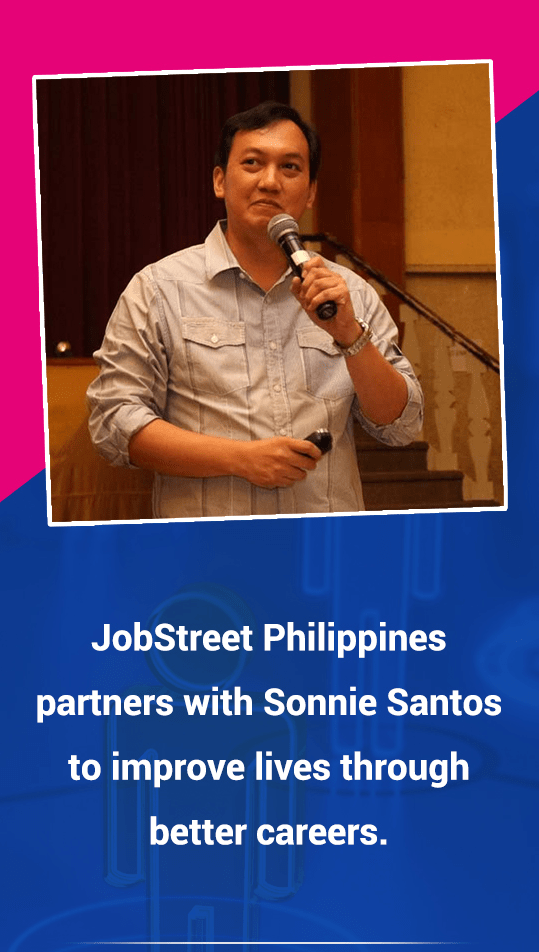I have read somewhere that ILO (International Labor Organization) have cited the Philippines as model for other countries in promoting decent work, problem was I forgot what newspaper and whether I read it in a broadsheet or in the internet. I googled the item but usuccessful so far. Anyway, I hope to blog on “decent work” one of these days.
For the mean time, allow me to discuss “occupational safety and health”
In the Philippines, with the Labor Code in the forefront and related laws on construction, mining, sanitation, etc. puts health and safety as one of the core labor standards.
Of 35M labor force, 32M are employed with 1M deployed abroad. More and more women are being employed with 46% of the labor force dominated by young workers (15-24 yrs old). [as of 2006]
It was widely believed that absences brought by accidents and/or sickness not only increase cost on both employers and employees, it also affects productivity. Productivity affects the company’s profitability.
In the Philippines, the top three claims [as of 2006] with EC (Employee Compensation) were as follows:
- Kidney related sicknesses
- Cardiovascular diseases
- Infectius diseases
The top three hazards were [as of 2006]
- Ergonomics– like standing for a long time
- Physical– lack of ventilation, too warm or cold
- Exposure to chemicals
And Industries with most reported incidents were [as of 2006]
- Manufacturing
- Gas, Electiricity, Water (with severe cases)
- Hotel and Restaurant.
With these, the Occupational Health And Safety Center of DOLE (Department of Labor and Employment) is advocating for an “Integrated And Comprehensive National OSH Plan” in partnership with GTZ (German Technical Assistance Group) and ECOP (Employers Confederation of the Philippines). The integrated Occupational Safety and Health approach hopes to achieve a national approach and system on Occupational Safety and Health in the Philippines among the stakeholders. Initially, the stakeholders are limited to the Gov’t., Employers and Employees. With the discussion the stakeholders were expanded to include the consumer groups and Local Gov’t. Units.
Challenges on the plan were also identified which can be summarized into four
- Advocacy
- Integration to our National and corporate culture.
- Cooperation and coordination among all the stakeholders
- Budget
As an HR practitioner, we can do a lot to advocate Occupational Safety and Health with various tools and intervention at our disposal.
Being a business partner, we can educate top management of the benefits of an OSH consious organization.
As change agent, we can use various interventions to integrate Occupational Safety and Health in our culture.
Being an OSH advocate is in itself being an employee champion.
The administrative expert in our role will facilitate compliance to the reporting requirements of DOLE or any government regulatory body.
Have you put in place your safety committee and incorporated Occupational Safety and Health in your initiatives this year? Share your plans and let’s sharpen each other’s saw.
Discover more from ASKSonnie.INFO
Subscribe to get the latest posts sent to your email.






Is there any new updates of the Legal and other requirements on Occupational Health and Safety in the Philippines? if so, can you share..
thanks a lot,
Regz Toledo
HR Manager
Mactan Apparels, Inc.
Dear Sir Sonnie, may I know if you have some OS&HW concerns about hotels and restaurant operations, I would highly appreciate if you could send me a copy so I can share it with my few students back here in Las Piñas, thank you sir
Hi Wendell,
I’m sorry, I don’t have any. Thank you for dropping by…